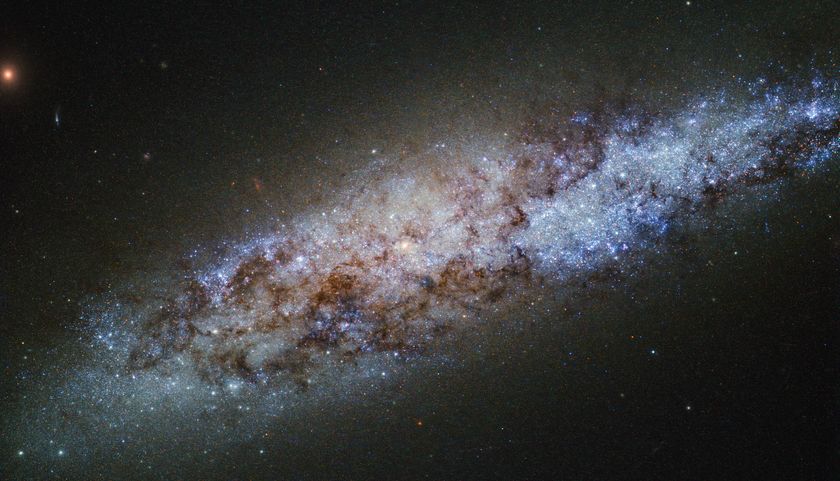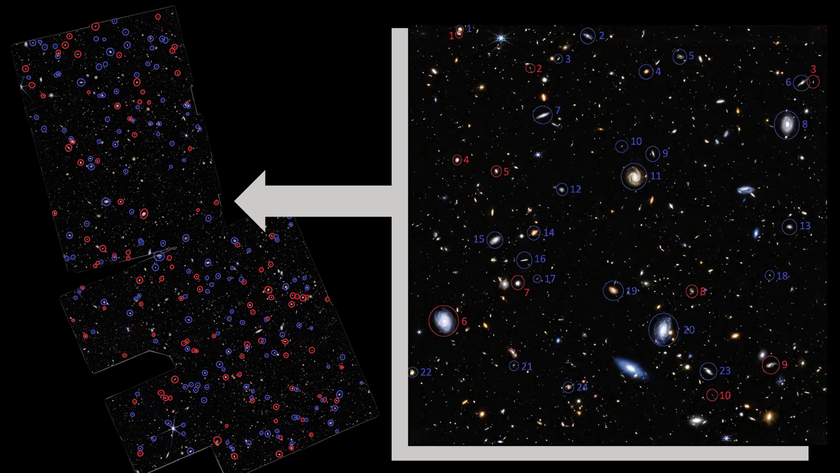Our Interstellar Neighbors: 5 Potentially Earth-Like Planets Nearby
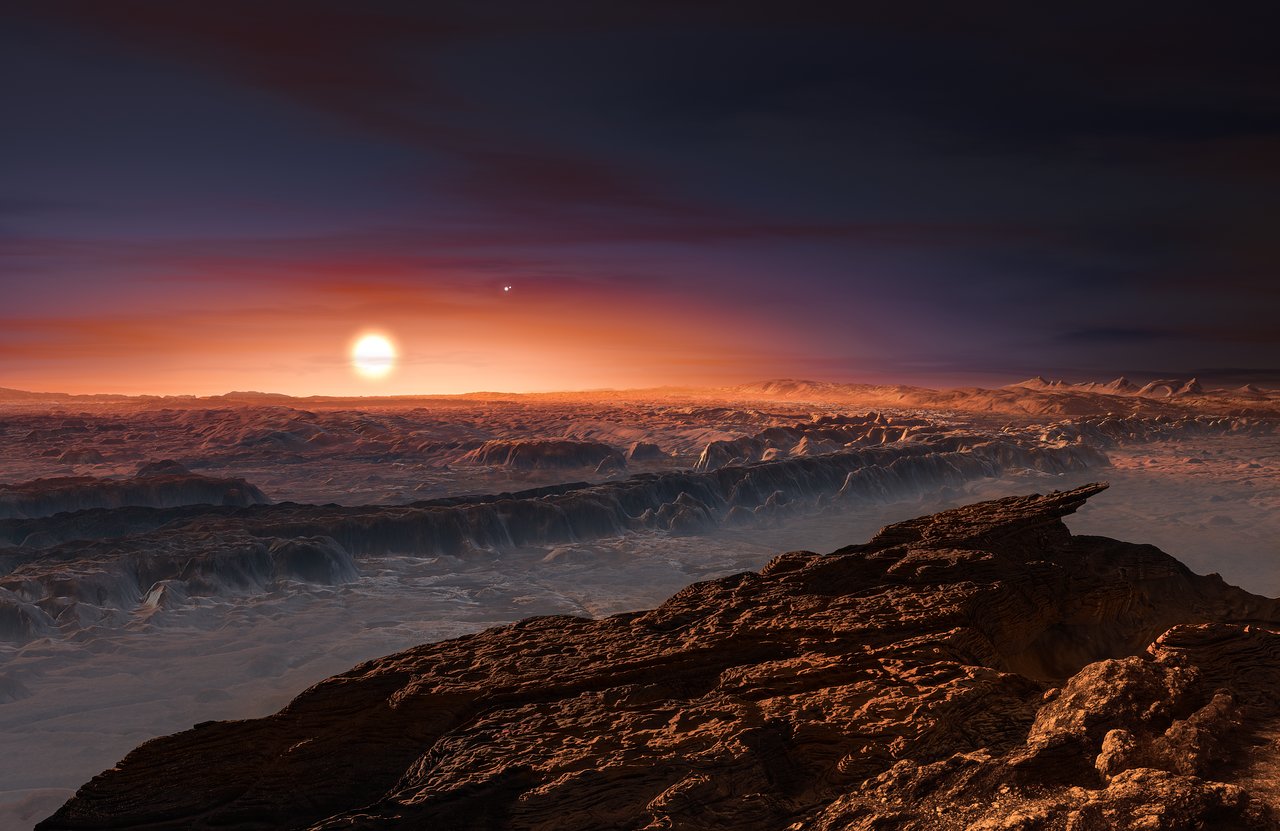
A possibly Earth-like planet has been found within the habitable zone of humanity's closest stellar neighbor, Proxima Centauri, and astronomers think the world could potentially support life.
While there is still a lot to learn about this newfound world, called Proxima Centauri b or just Proxima b, astronomers are sure of a few things: The Earth-like rocky exoplanet is 4.2 light-years away; its minimum mass is 1.3 times that of the Earth, and it orbits Proxima Centauri every 11.2 days.
Astronomers also said that Proxima b lies within the habitable zone of Proxima Centauri, which means the planet orbits a safe distance from the star, making it neither too hot or too cold. Because of this, astronomers said that Proxima b may have suitable surface temperature that would allow for the presence of liquid water, meaning the exoplanet could support some sort of life. [Proxima b: Closest Earth-Like Planet Discovery in Pictures]
"We know very little about these [types of] planets," Thomas Barclay, senior research scientist and director of the Kepler and K2 missions, told Space.com. NASA's orbiting Kepler Space Telescope has identified more than 2,000 confirmed planets around other stars based on changes in the stars' brightness. "For some of them, we know an approximate mass or an approximate radius, and we know roughly how far they are from their star — but that's really all we know."
With the discovery of Proxima b, here are five other potentially Earth-like planets that astronomers have previously found in Earth's interstellar neighborhood:
Wolf 1061c
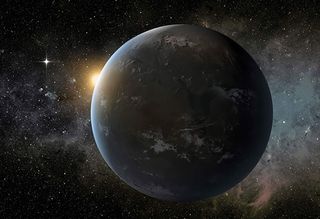
This exoplanet is located about 13.8 light-years from Earth in the constellation Ophiuchus, making it the second-closest known potentially habitable planet to Earth, after Proxima b.
Wolf 1061c lies within the habitable zone of the red dwarf star called Wolf 1061, according to a 2015 study published in The Astrophysical Journal Letters. The exoplanet takes about 17.9 days to complete one orbit around its parent star. Its estimated mass is about 4.3 times that of Earth. Wolf 1061c is thought to be a rocky planet, which means it may be able to support life as we know it.
Get the Space.com Newsletter
Breaking space news, the latest updates on rocket launches, skywatching events and more!
Gliese 832c
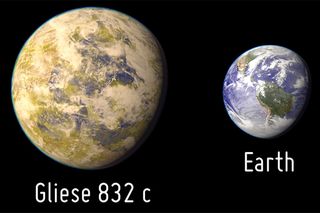
This alien world is slightly farther from Earth, but it exhibits many similar traits that suggest it may be able to support life, too.
Gliese 832c is located just 16 light-years from Earth and lies within the habitable zone of a red dwarf star called Gliese 832. This exoplanet completes one orbit around its star in 36 days.
Gliese 832c is what astronomers call a "super-Earth," because it is at least five times as massive as Earth. It was actually the second planet found around the star Gliese 832. However, the other one, Gliese 832b, is a gas giant that is likely unable to support life.
Gliese 667Cc
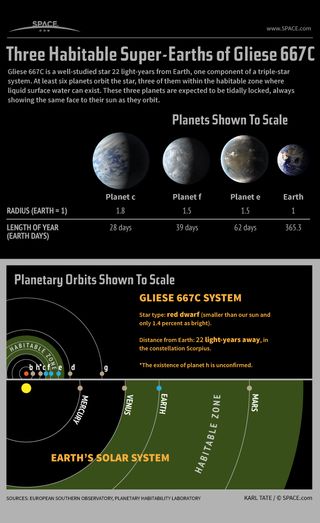
This exoplanet is also considered a "super-Earth," because it is at least 3.9 times more massive than Earth. It orbits the red dwarf Gliese 667C, which is part of a three-star system that lies 22 light-years away, in the constellation Scorpius.
Gliese 667Cc also lies within the habitable zone of its parent star and takes about 28 days to complete one orbit. Astronomers announced the discovery of this alien world in 2011. It was found using the European Southern Observatory's (ESO) 3.6-meter telescope in Chile.
TRAPPIST-1d
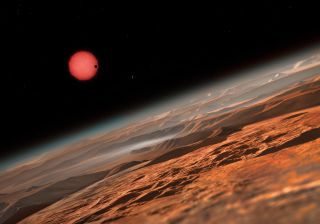
This exoplanet orbits around an ultracool dwarf star known as TRAPPIST-1, which lies approximately 40 light-years away from Earth in the constellation of Aquarius. TRAPPIST-1d also resides within the habitable zone around its star.
Astronomers announced the discovery of the TRAPPIST-1 system on May 2, 2016. This alien solar system has three potentially Earth-like planets that orbit the dwarf star.
Scientists found the TRAPPIST-1 star system and planets using the TRAPPIST (TRAnsiting Planets and PlanetesImals Small Telescope) instrument at the La Silla Observatory in Chile, which is operated by the ESO.
Gliese 163c
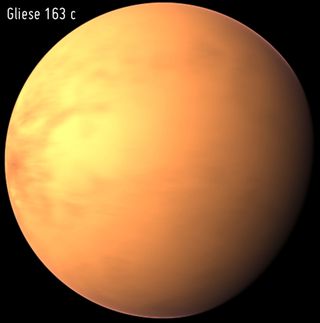
This exoplanet also appears potentially habitable and is located 49 light-years from Earth, in the Dorado constellation. Gliese 163c isapproximately seven times the mass of Earth, earning it the title of a "super-Earth."
It lies within the habitable zone around a red dwarf star known as Gliese 163 and takes 26 days to complete one orbit. Gliese 163c is one of two alien planets found orbiting the star Gliese 163. Astronomers found this planet using the High Accuracy Radial velocity Planet Searcher (HARPS), which is mounted on the ESO telescope located at the La Silla Observatory.
Living on these planets
Since Proxima b is so close to Proxima Centauri, the exoplanet likely has one side that constantly faces the star, similar to how the moon always shows the same face to Earth. Astronomers suggest that Proxima Centauri's gravitational pull likely forced Proxima b to become "tidally locked" to the star in this way, so the world has one illuminated side and one dark side.
If that is the case, any life on the Proxima b would be very restricted due to extreme temperature variations between the dark and light side, Barclay explained.
"There would likely be enormous winds on these planets," Barclay said. "When you have hot areas [on the sunlit side] and cold areas [on the dark side] on a planet, the hot part of the atmosphere moves the cold part, which would produce very strong and fast winds."
As a result, life on an exoplanet like Proxima b would be very different from what humans experience on Earth.
"The light also isn't the bright white-yellow light we get from the sun. It would be much more red. So, you would expect biology to evolve differently," Barclay said, adding that solar flares from red dwarfs could also have a large impact on exoplanets orbiting them.
"We see solar flares [from the sun] occasionally, but they don't really impact life on Earth all that much," Barclay said. On the other hand, "Proxima Centauri is thought to have a flare every 20 minutes."
However, astronomers are still unsure what damage solar flares could cause.
"What we have learned when we look at biology on Earth is that life seems to find a way. Life adapts," Barclay said. "We might find life to be extremely different on these planets, just because it has had to adapt to a very different environment."
Follow Samantha Mathewson @Sam_Ashley13. Follow us @Spacedotcom, Facebook and Google+. Original article on Space.com.
Join our Space Forums to keep talking space on the latest missions, night sky and more! And if you have a news tip, correction or comment, let us know at: community@space.com.

Samantha Mathewson joined Space.com as an intern in the summer of 2016. She received a B.A. in Journalism and Environmental Science at the University of New Haven, in Connecticut. Previously, her work has been published in Nature World News. When not writing or reading about science, Samantha enjoys traveling to new places and taking photos! You can follow her on Twitter @Sam_Ashley13.
